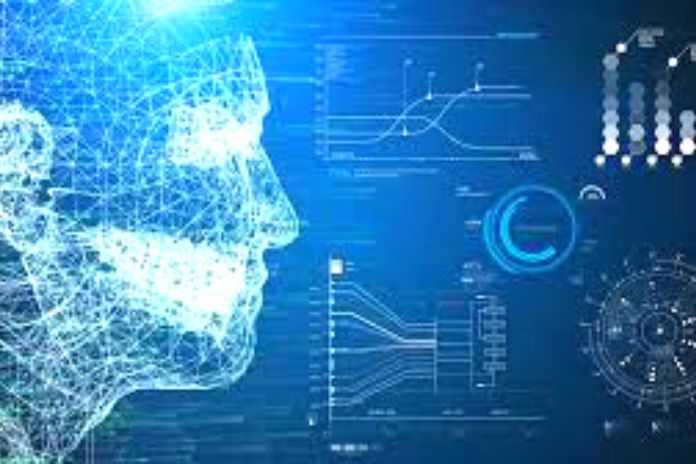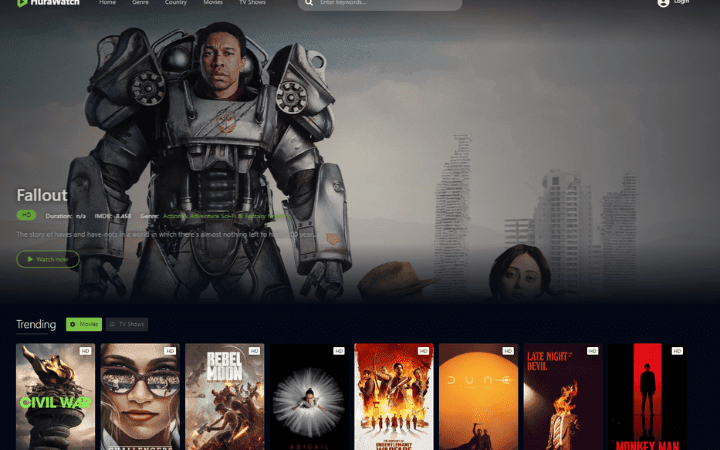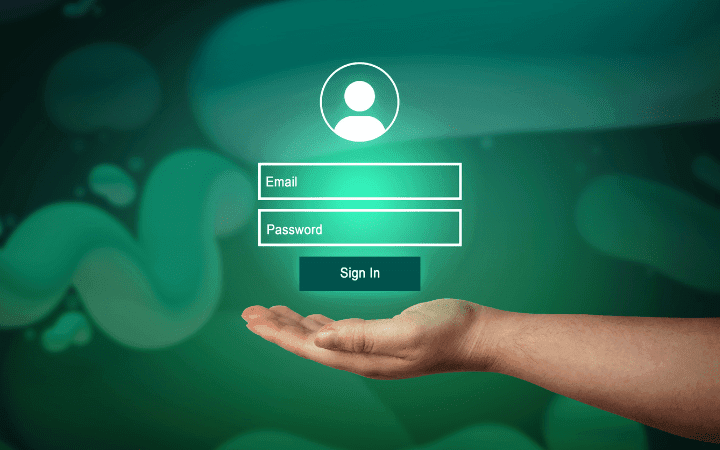AI: Learn How To Apply It In Your Business

Few must be those who haven’t encountered the following acronym in their internet searches: AI, the abbreviation for artificial intelligence, is everywhere. The business world is no exception, as artificial intelligence in companies is already a reality.
What Is Artificial Intelligence?
Artificial intelligence is a technology that applies advanced analytics and logic-based techniques to interpret events and assist and automate decisions by mimicking human behavior.
The use of AI allows, for example, companies to offer us targeted advertising with super specific products that we are looking for. This technology can also provide access to self-driving cars in the future or even help cure serious diseases such as cancer.
At first glance, therefore, using artificial intelligence in companies may seem distant. But the reality is different. “Artificial intelligence is confusing by nature because of its connection to science fiction in the media and because people tend to endow it with mental powers that it doesn’t have,” says Whit Andrews, an artificial intelligence expert at Gartner.
The secret to demystifying it is to understand how to select and apply technologies that use AI and generate business value, such as online service robots and advanced analysis techniques that enhance work in companies.
We will review these issues below.
Examples Of Artificial Intelligence In Companies
CRM
One of the fields of the significant impact of artificial intelligence in business recently is customer relationship management (CRM).
With this technology, the software can predict behavior patterns by analyzing the “trail” left by consumers in the digital world. By helping to understand consumers in minute detail, AI allows companies to develop better sales strategies and rethink how they communicate with potential customers.
Chatbots
The use of chatbots, automated customer service channels, in customer support is gaining more and more popularity. It is another area that benefits from artificial intelligence, which improves these tools to make virtual assistance as natural and efficient as possible.
According to a recent survey carried out by specialist with e-commerce companies in the Americas, 65% of customer queries made in the last six months were answered effectively by chatbots. The survey indicates that the focus when using them is to optimize and improve customer service, also allowing for a reduction in costs and a potential increase in sales. Facebook and WhatsApp are channels where their use is quite common.
Digital Marketing
Anyone who works in marketing knows the importance of deeply understanding the audience for which they are writing or creating.
Artificial intelligence can help develop campaigns designed for a specific type of consumer based on their online behavior and that seek to make the most of the available budget. Marketing automation tools use this technology to optimize advertisements on large platforms, such as Facebook and Google.
In addition, program-generated analytics of shopper habits with the help of AI allows business owners to regulate prices and schedule promotions and offers.
With these powerful statistical analysis tools, it is possible to discover, based on data, what are the strengths (and weaknesses) of the business and open your eyes to niche markets that could go unnoticed if all this information was not analyzed.
Human Resources
Another area where automation is gaining ground is human resources, where software is used to manage employee vacations, benefits, dismissals, and shifts. Programs that use artificial intelligence can help HR professionals in the different areas in which they work:
Selection: With many CVs received for specific vacancies, choosing the ones that best fit is a challenge. Tools that automate the process make this task easier.
Management: The doubts of a new worker are often repeated. With a portal optimized with artificial intelligence, workers can make inquiries without contacting HR directly, including using chatbots.
Results and training: By analyzing workers’ performance data, it is possible to know the team’s weaknesses and develop training.
Also Read: How Did Artificial Intelligence Come About?






